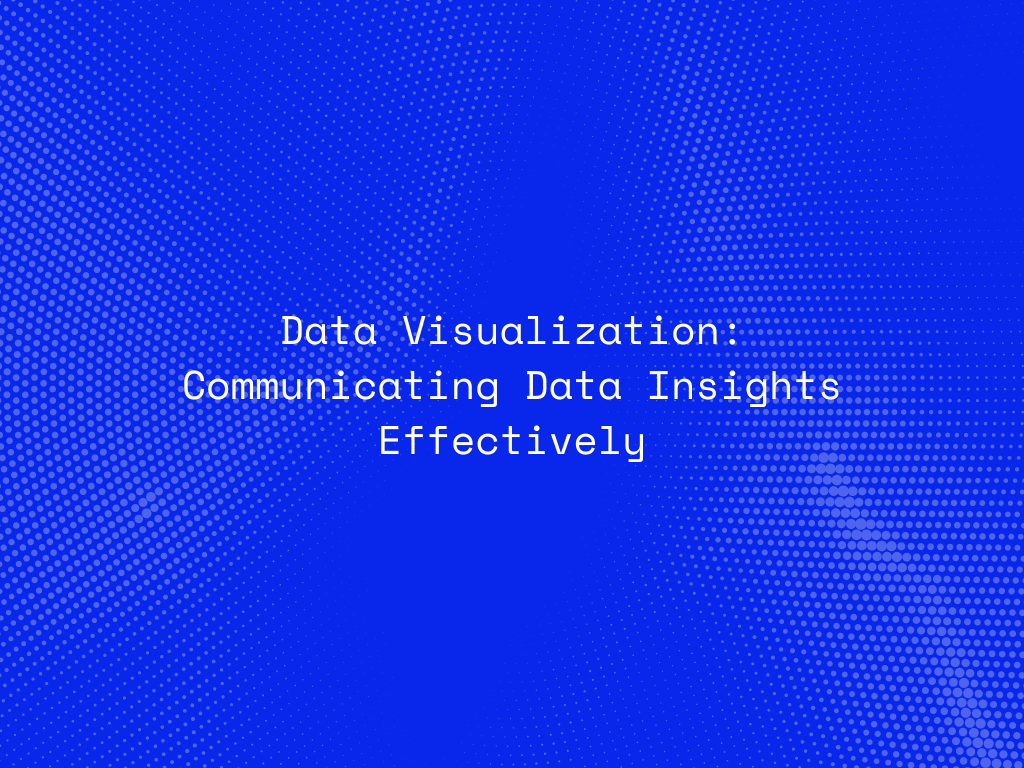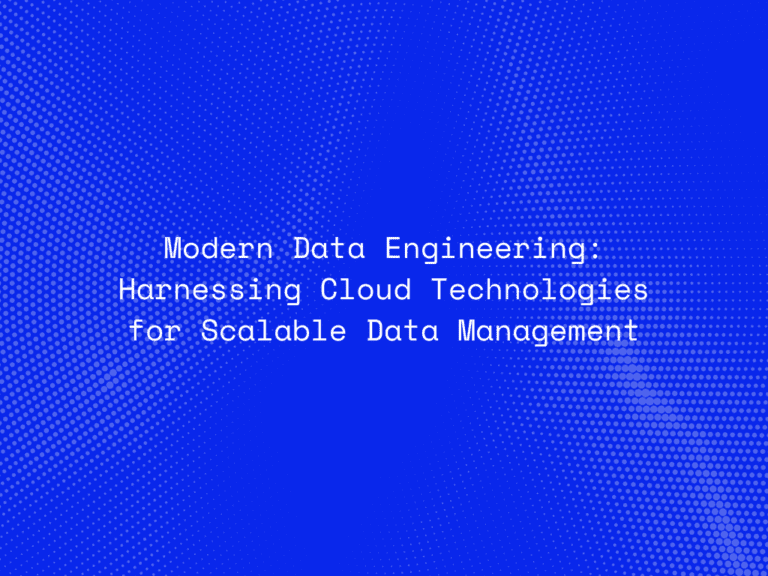In today’s data-driven world, the ability to communicate insights effectively is crucial for making informed decisions. Data visualization plays a vital role in transforming complex data into understandable and actionable information. By using visual elements like charts, graphs, and maps, data visualization helps to highlight trends, patterns, and outliers in data. This blog will explore the importance of data visualization and provide tips for creating impactful visualizations.
Why Data Visualization Matters:
-
Simplifies Complex Data: Data visualization simplifies complex datasets by presenting information in a visual format that is easier to understand and interpret.
-
Enhances Data Comprehension: Visual representations of data make it easier to grasp large volumes of information quickly, enabling faster decision-making.
-
Reveals Hidden Insights: Visualizing data can uncover patterns, trends, and correlations that may not be immediately apparent in raw data.
-
Engages Audience: Interactive and well-designed visuals capture the audience’s attention and keep them engaged, making it easier to communicate your message.
Key Principles of Effective Data Visualization:
-
Know Your Audience: Understand who your audience is and what they need to know. Tailor your visualizations to their level of expertise and interests.
-
Choose the Right Type of Visualization: Different types of data require different visualization techniques. For example, use line charts for trends over time, bar charts for comparisons, and scatter plots for relationships.
-
Keep It Simple: Avoid clutter and unnecessary details. Focus on the key message you want to convey and use minimalistic design principles.
-
Use Colors Wisely: Colors can enhance the readability of your visualizations, but use them sparingly and meaningfully. Ensure that color choices are accessible to those with color vision deficiencies.
-
Provide Context: Include titles, labels, and legends to provide context for your data. Annotations can also help highlight important points.
-
Ensure Accuracy: Make sure your visualizations accurately represent the data. Avoid misleading scales, truncated axes, and other distortions.
Connect With Us
Tools for Data Visualization:
-
Tableau: A powerful data visualization tool that allows users to create interactive and shareable dashboards. It supports a wide range of data sources.
-
Power BI: Microsoft’s business analytics service provides interactive visualizations and business intelligence capabilities with an interface simple enough for end users to create their own reports and dashboards.
-
D3.js: A JavaScript library for producing dynamic, interactive data visualizations in web browsers. It allows great customization and control over the visual representation of data.
-
Google Data Studio: A free tool that turns data into informative, easy-to-read, easy-to-share, and fully customizable dashboards and reports.
-
Matplotlib and Seaborn: Python libraries for creating static, animated, and interactive visualizations. Matplotlib is versatile, while Seaborn provides more aesthetically pleasing statistical plots.
Best Practices for Data Visualization:
-
Tell a Story: Use your data visualization to tell a compelling story. Guide your audience through the data with a clear narrative that highlights key insights and takeaways.
-
Focus on the Most Important Data: Highlight the most critical data points to ensure your audience focuses on the most relevant information.
-
Incorporate Interactivity: Interactive visualizations allow users to explore the data further, providing a deeper understanding and engagement.
-
Regularly Update Visualizations: Ensure your visualizations are up-to-date with the latest data to maintain accuracy and relevance.
Conclusion:
Data visualization is a powerful tool for communicating data insights effectively. By transforming raw data into visual formats, it simplifies complex information, enhances comprehension, and engages audiences. By following key principles and best practices, and leveraging powerful tools like Tableau, Power BI, and D3.js, you can create impactful visualizations that drive informed decision-making and highlight valuable insights.




